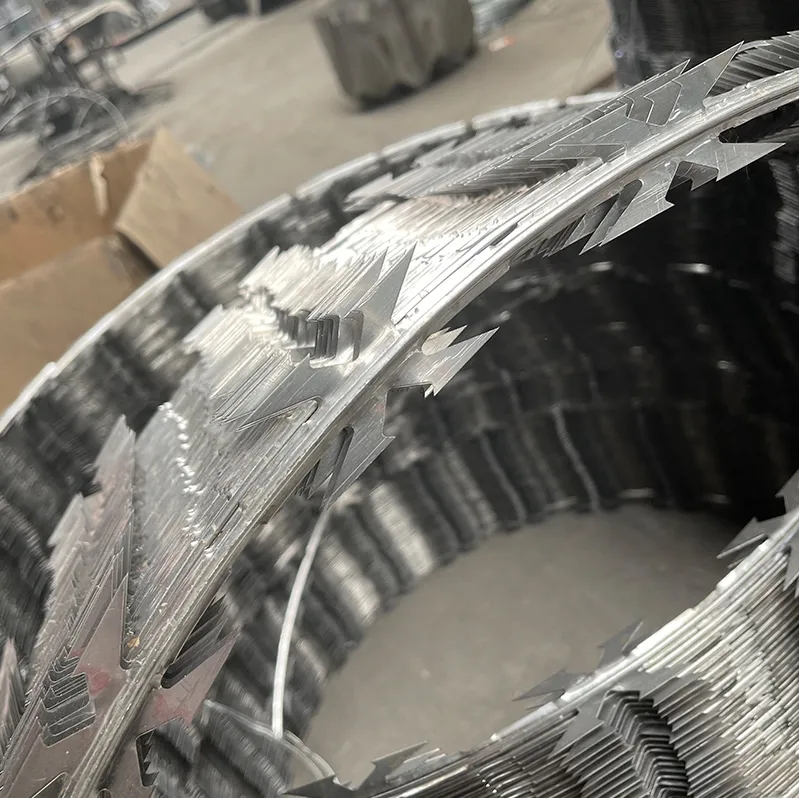Dec . 31, 2024 13:28 Back to list
Choosing the Right Base for Temporary Fencing Solutions and Installation
The Importance of Temporary Fence Bases in Construction and Event Management
In the realm of construction and event management, safety and organization are paramount. One of the key components in achieving these principles is the use of temporary fencing. Temporary fences serve various purposes, such as securing construction sites, crowd control at events, and protecting the public from potential hazards. Nevertheless, a crucial aspect often overlooked is the base of these temporary fences. The base is instrumental in the stability and effectiveness of the entire fencing system.
Understanding Temporary Fences
Temporary fences are portable barriers used to define a specific area, whether for construction sites or for events like concerts, festivals, and sporting occasions. They are typically made of steel or plastic and come in modular sections that can be easily assembled and disassembled. This flexibility makes temporary fences an ideal solution for projects or events requiring short-term yet effective perimeters.
The Role of the Base
One of the most important elements of a temporary fence is its base. The base is responsible for securing the fence upright, preventing it from tipping over or being easily pushed. Bases can vary in design, with options such as concrete blocks, water-filled bases, or specialized mounting systems. The choice of base significantly affects the overall stability of the fence.
Types of Bases
1. Concrete Bases Concrete blocks are a popular choice for providing a sturdy foundation for temporary fences. Their weight ensures that the fence remains upright even under harsh conditions, such as strong winds. However, they can be cumbersome to transport and may require additional labor for setup and takedown.
2. Water-Filled Bases These bases are lightweight and easy to handle. They can be filled with water on-site to provide stability without the inconvenience of transporting heavy materials. Once the event or project is complete, the water can be drained, making them easier to store and transport. However, they do require monitoring as water can evaporate or leak, reducing the stability over time.
3. Sandbags Often used in conjunction with temporary fencing, sandbags can provide additional weight. They are particularly useful in windy conditions and are easy to deploy. However, they require the procurement of sand and bags, which may involve additional expense and labor.
temporary fence base

4. Stake Systems In some instances, especially on soft ground, a staking system may be used to secure temporary fences. These systems involve driving stakes into the ground to hold the fence in place. This option is suitable for areas where heavy weights may cause damage to the surface or when a less intrusive solution is needed.
Factors Influencing Base Selection
Several factors come into play when selecting the appropriate base for a temporary fence.
- Environmental Conditions Wind speed and weather conditions are critical. For example, areas prone to strong gusts require heavier bases to prevent the fence from being toppled.
- Type of Event or Project A construction site may require a more heavy-duty base compared to a local community event. Additionally, the duration of the project or event may influence base choice; permanent solutions may be used for long-term projects.
- Location The nature of the ground may also affect base selection. Soft soils may necessitate stakes or lighter bases, while hard, solid ground may support heavier options.
- Budget and Labor Considerations While high-quality bases may offer better stability, they can also inflate costs. Balancing budget constraints with safety considerations is essential for effective decision-making.
Conclusion
Temporary fence bases might seem like a minor component in the grand scheme of construction and event planning, but their importance cannot be overstated. The right base ensures safety, enhances organizational efficiency, and ultimately contributes to the success of any project or event. As industries continue to prioritize safety and effectiveness, understanding the nuances of temporary fencing systems—including their bases—will remain essential. Whether securing a bustling construction site or managing a large crowd at an event, investing in the right tools, including an appropriate fence base, is crucial for achieving desired outcomes.
-
358 Anti Climb Welded Wire Mesh Fence - Secure Perimeter Defense
NewsAug.02,2025
-
Durable Hot-Dip Galvanized Farm Field Wire Fence | Farm Security
NewsAug.01,2025
-
Temporary Fencing Solutions-Anping County Xingzhi Metal Wiremesh Products Co.,Ltd
NewsJul.31,2025
-
Hop Dipped Galvanized / PVC Coated Temporary Fence - Anping County Xingzhi Metal Wiremesh Products Co., Ltd.|Durable Temporary Fencing&Cost-Effective Security Solutions
NewsJul.31,2025
-
Hop Dipped Galvanized / PVC Coated Temporary Fence-Anping County Xingzhi Metal Wiremesh Products Co., Ltd|durable temporary fencing&corrosion-resistant solutions
NewsJul.31,2025
-
Temporary Fencing Solutions - Anping County Xingzhi Metal | Galvanized PVC Coated Fences
NewsJul.31,2025



